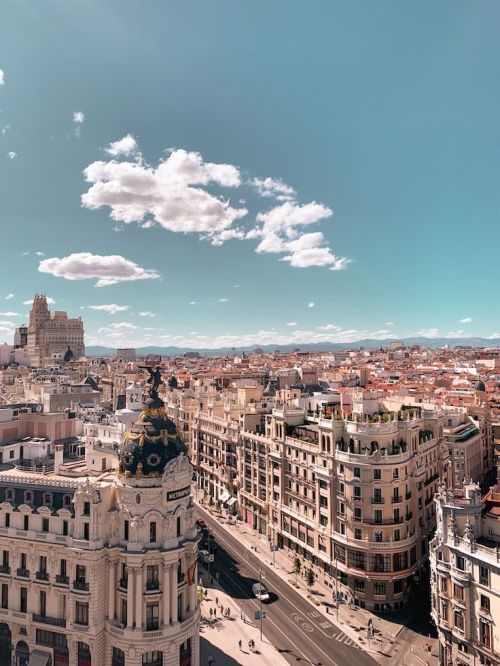Sagrada Familia is the pride of Barcelona and an expression of the genius of its creator - Antonio Gaudi. Although its construction has been going on for 139 years, we still have to wait for its completion. Anyway, its creator planned its construction for many years, communicating that his client is in no hurry because he is eternal.
This amazing structure attracts over 3 million tourists every year, making it the most visited tourist attraction in Spain. When construction is completed in 2026, and the tower of Jesus is built, Sagrada Familia will become the tallest church in the world.
It contains three facades: The Nativity, the Passion, and the Glory, each of which is a different style. It has 18 towers that symbolize the 12 apostles, the four evangelists, Christ and the Virgin Mary.
The dimensions are governed by proportions based on the number 7.5, which is the base dimension. The length of the nave is the most important in this five-nave church (as in other churches). In this case, it is 90 m (7.5 x 12), where 12 symbolizes the apostles. The height of the main nave is 45 m (7.5 x 6). The transept (transverse nave) is 60 m long (7.5 x 8 or 5 x 12) and 30 m wide (7.5 x 4). The apse is 75 m (7.5 x 10) high.
They take their names from the portals adorning them that are closely related to the gospels, and their moodiness alludes to the three main literary types.
He included in the design:









